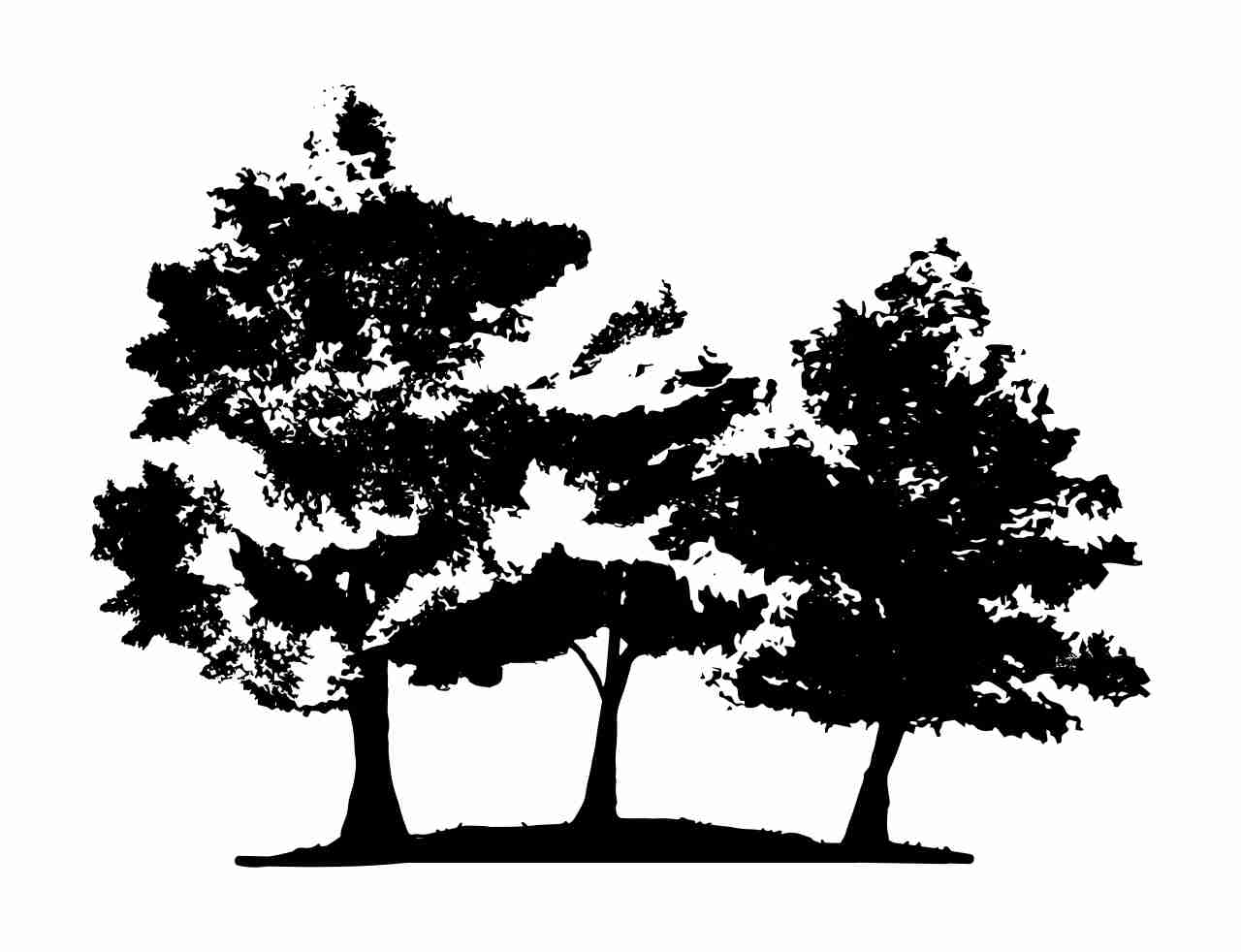Product Tag Explanations
Trees/shrubs suitable for integration with annual crops and livestock for tree crops, orchards, silvopasture, alley cropping, windbreaks, and edible hedgerows.
Based on a high rating from the U.S. Forest Service Climate Change Tree Atlas, and/or exhibit drought tolerance, zone range, or pest resistance.
Live branches cut from mature plants capable of rooting and maturing into a full-grown mature plant.
Plants with fruits, nuts, roots, or stems consumable by people.
Tree species that produce edible fruits.
Trees/shrubs commonly planted in rows alongside pasture, production fields, roads, or property lines to create natural barriers, windbreaks, food, forage, and firewood.
Plants commonly known to have medicinal properties.
Indigenous to the Midwest and East Coast of North America.
Tree species that produce edible nuts.
Plants that are showy, adaptable, and typically used in garden settings, urban areas, or near buildings.
Plants that attract a significant amount of bees, butterflies, flies, and/or other beneficial insects.
Riparian or wetland areas act as natural buffers between adjacent water bodies and uplands, and act as natural filters and flood control areas.
Plants that provide food, pollen, nectaries, or shelter for wildlife.

